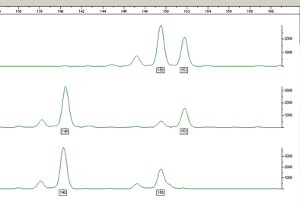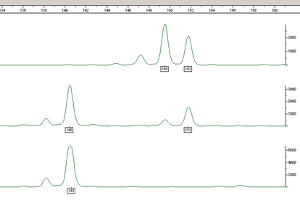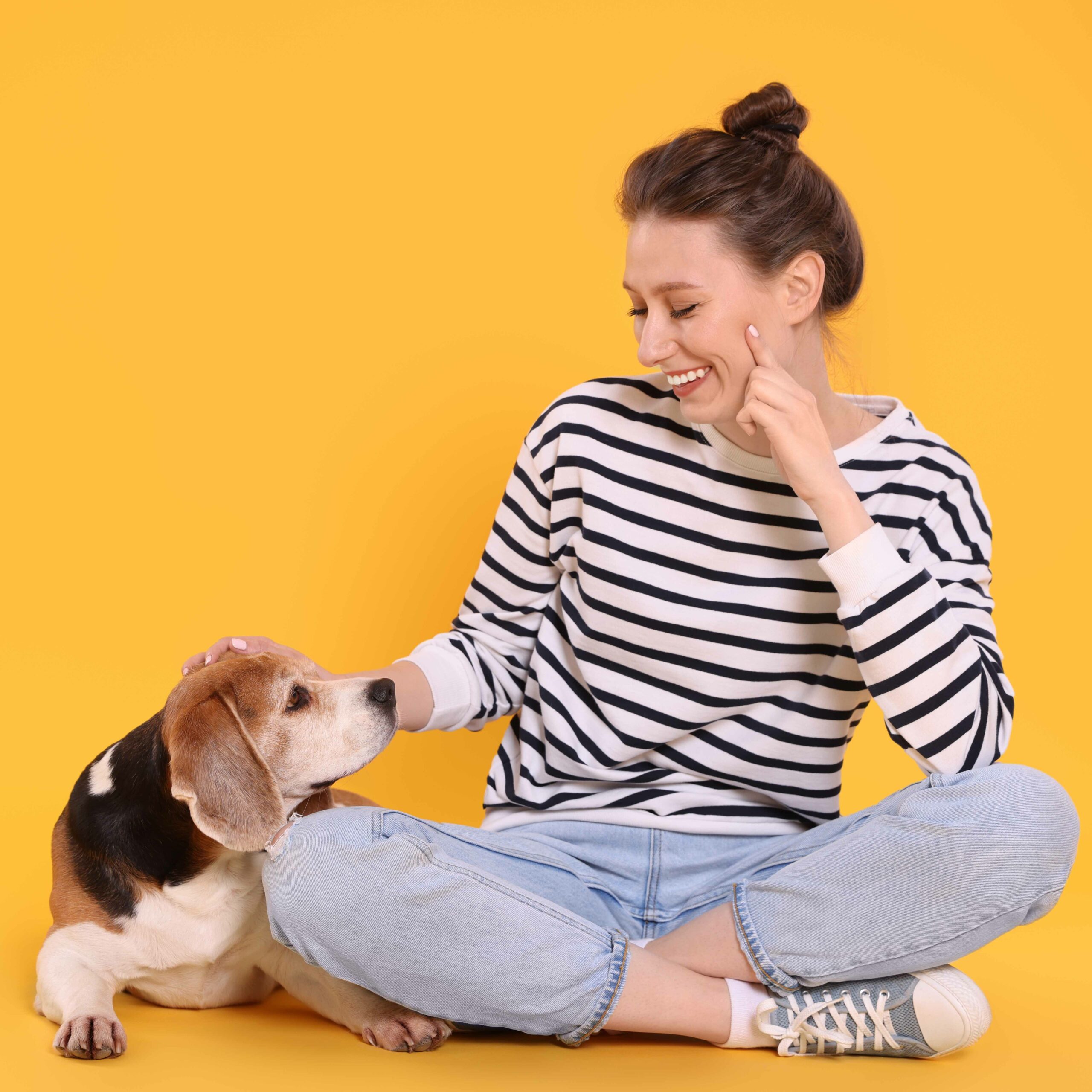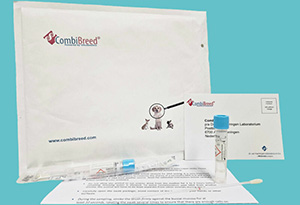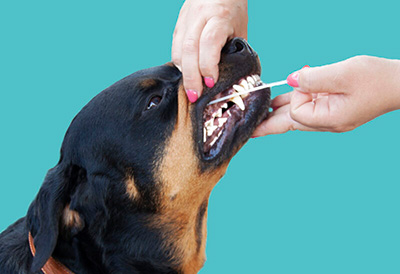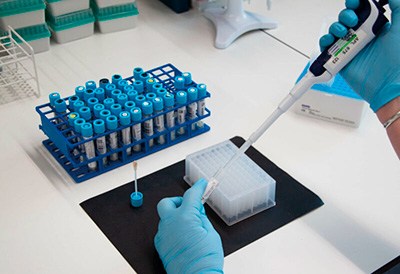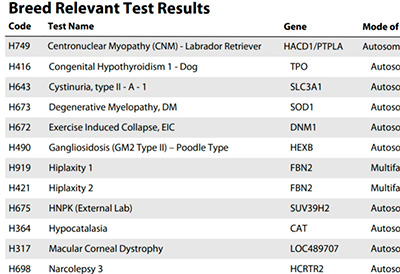Leukoencephalomyelopathy – LEMP (Leonberger)
Leukoencephalomyelopathy (LEMP) is a severe, degenerative neural disorder that occurs in young dogs and causes a progressive loss of muscle coordination. The disorder is caused by a recessive mutation to the gene NAPEPLD. The variant of LEMP analysed in this test occurs in the Leonberger. A related variant is found in the Great Dane and Rottweiler.
